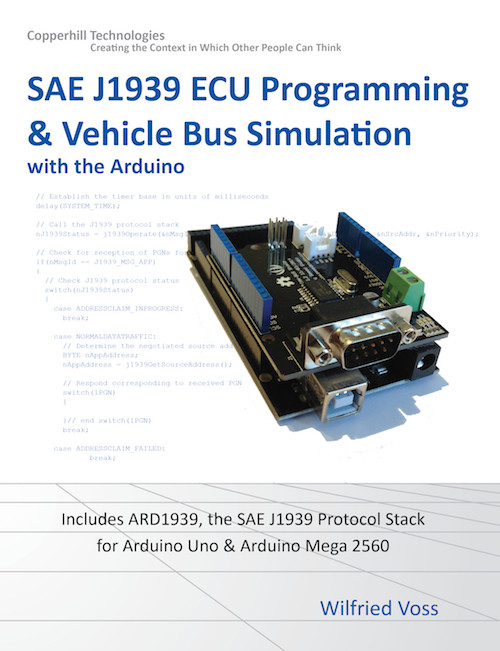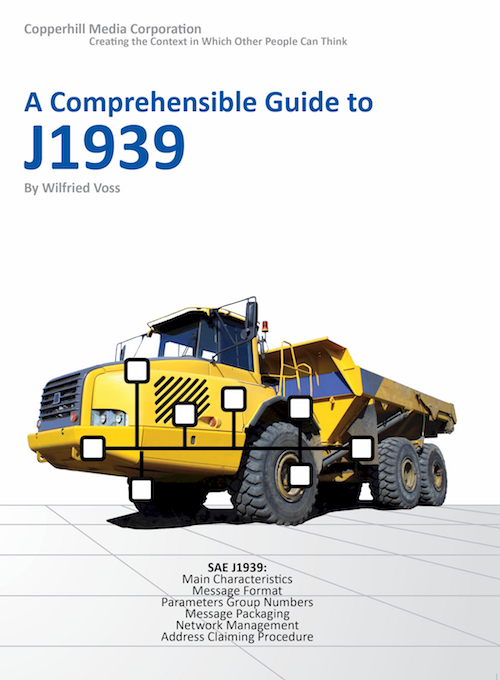Recent Posts
SAE J1939 Programming with Arduino - Address Claiming Procedure
Posted by on
This post is part of a series about SAE J1939 ECU Programming & Vehicle Bus Simulation with Arduino.
In the following, we will focus merely on two basic messages, Request Message and Address Claimed (Yet again, for further, more detailed information see the literature recommendation in the appendix).
The Request Message is used by a CA to request information, such as NAME and addresses, from all other CAs in the entire network. Upon receipt of the Request Message for Address Claimed, each CA will transmit an Address Claimed message that contains the requested information.
This procedure can be used to gather information from the network either for diagnosis/display services or even to determine a suitable node address.
Another method to set the node address is to send the Address Claimed message into the bus. This is the equivalent to interrogate whether or not the preferred address is already taken.
If no response is received, it is safe to assume the address is available. If there is a response, the CA must modify the address and send another Address Claimed message.
The following flowchart demonstrates the address claim procedure:

Note: The Address Claim procedure as shown in the image is fully implemented in the ARD1939 protocol stack library.
SAE J1939 has become the accepted industry standard and the vehicle network technology of choice for off-highway machines in applications such as construction, material handling, and forestry machines. J1939 is a higher-layer protocol based on Controller Area Network (CAN). It provides serial data communications between microprocessor systems (also called Electronic Control Units - ECU) in any kind of heavy duty vehicles. The messages exchanged between these units can be data such as vehicle road speed, torque control message from the transmission to the engine, oil temperature, and many more.
A Comprehensible Guide to J1939 is the first work on J1939 besides the SAE J1939 standards collection. It provides profound information on the J1939 message format and network management combined with a high level of readability.
 Loading... Please wait...
Loading... Please wait...


